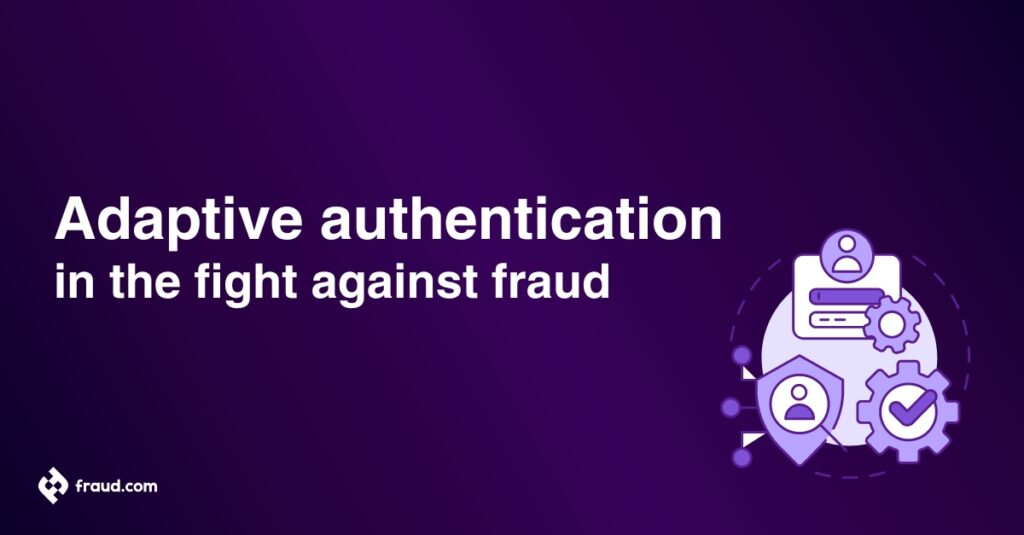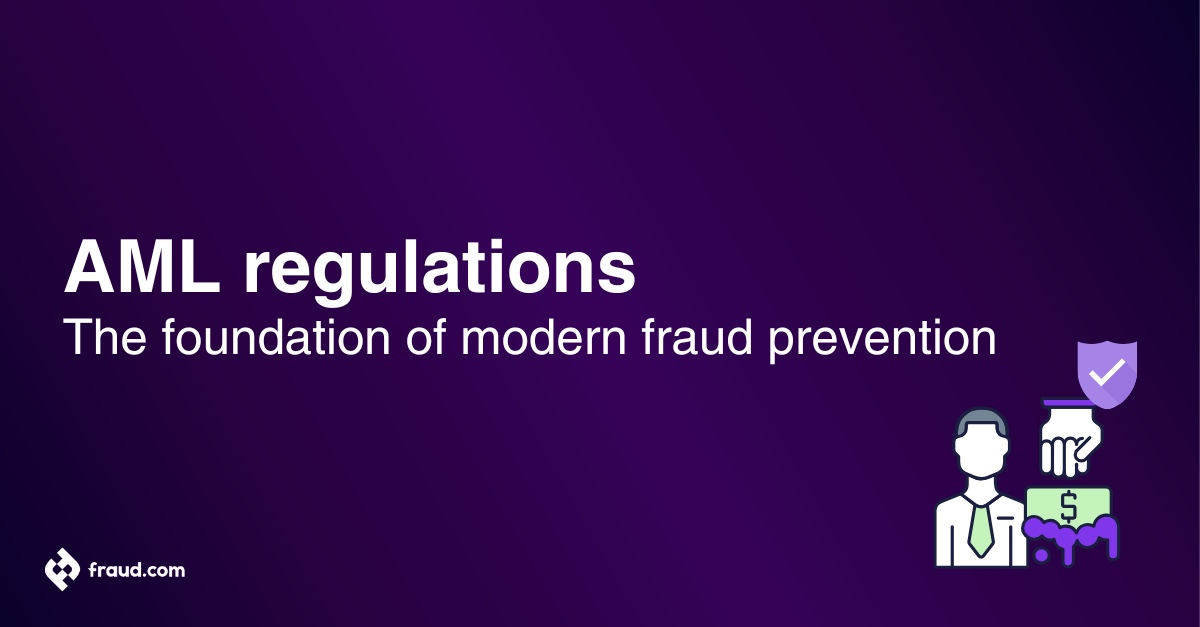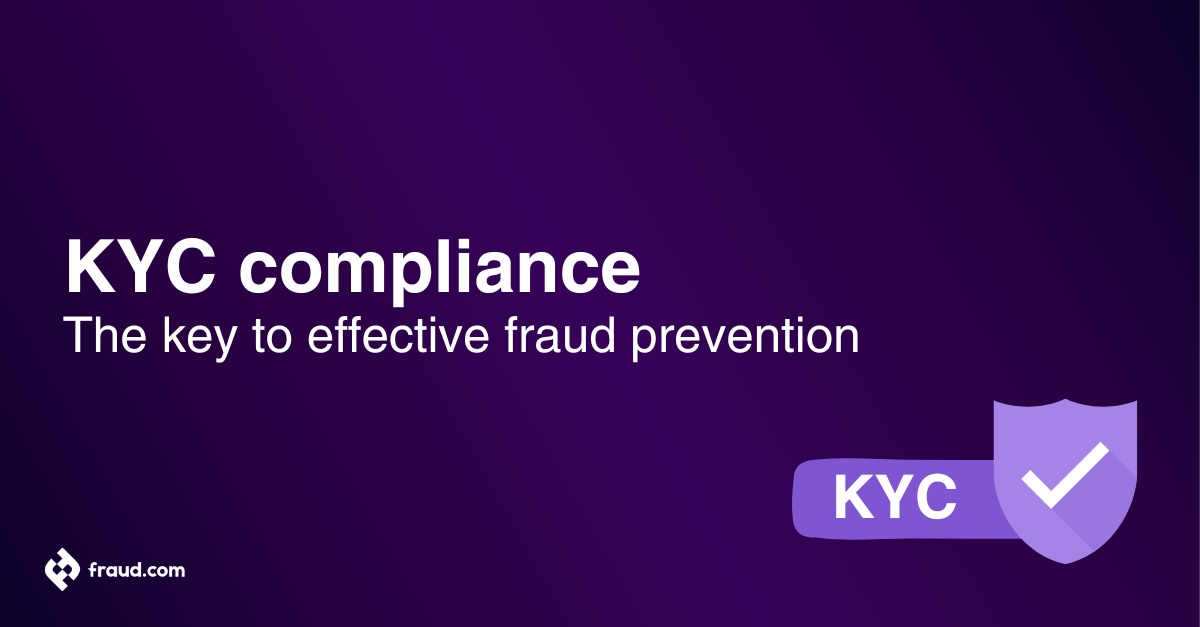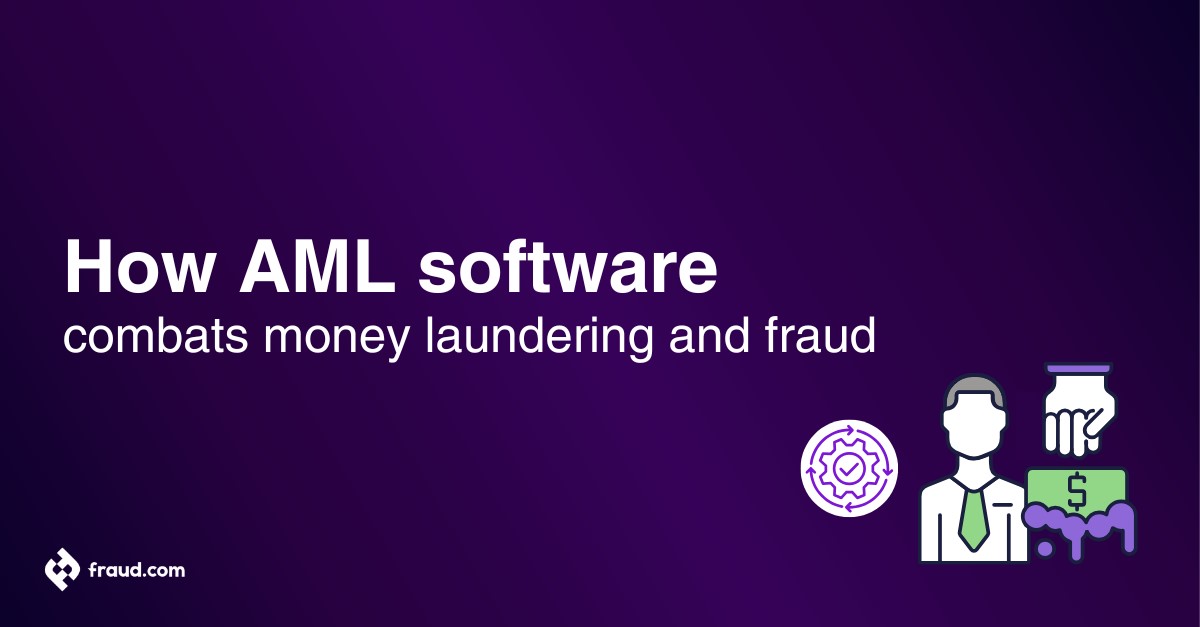With online fraud on the rise, securing transactions and personal data has never been more important. Traditional authentication methods are struggling to keep up, leaving gaps that fraudsters can exploit. Adaptive authentication offers a smarter solution, dynamically adjusting security measures based on user behaviour and risk factors.
This article will focus on how adaptive authentication works, its benefits for preventing fraud, and its potential to transform cybersecurity practices. We’ll delve into real-world applications and case studies that highlight its effectiveness. Additionally, we’ll discuss how adaptive authentication balances security with user convenience, making it a pivotal tool in modern fraud prevention.
Table of Contents
ToggleWhat is adaptive authentication?
Adaptive authentication is a dynamic security method for verifying the identity of a user by adjusting the level of user authentication based on real-time risk assessments. Unlike traditional methods that rely on fixed credentials like passwords, adaptive authentication evaluates factors such as the user’s location, device, and behavior to determine the appropriate level of verification.
By tailoring security measures to the context of each login attempt, adaptive authentication balances robust protection with user convenience. In the following section, we will explain how adaptive authentication works and the mechanisms behind its risk-based adjustments.
How does adaptive authentication work?
Adaptive authentication enhances security by continuously assessing the risk profile of each attempt to log in and adjusting authentication factors accordingly. Here’s a look at how it functions:
1.Contextual information gathering: Each time a user attempts to gain access to sensitive systems, the authentication process collects various data points, such as location, device type, IP address, and access time. It also tracks user behavior patterns to understand what’s normal for that particular user, especially when accessing personal information.
2.Risk analysis: This contextual data is analyzed in real-time using advanced algorithms to compare current behavior with typical patterns. Machine learning helps identify unusual activity that could signal a potential attempt to gain access to sensitive information, such as an unauthorized login or account takeover.
3.Dynamic response: Based on the real-time risk profile, the system dynamically adjusts its authentication factors:
- Low-risk scenarios: If the attempt to log in aligns with typical behavior and presents no red flags, the system may require minimal authentication, such as a username and password or biometric scan, minimizing friction for users.
- High-risk scenarios: If the system detects anomalies or irregularities, it may trigger step-up authentication, such as Multi-Factor Authentication (MFA) or security questions, to ensure secure access. In extreme cases, the system may block access entirely until further verification is completed, preventing unauthorized access to sensitive information.
4.Continuous monitoring: Even after a user successfully gains access to sensitive systems or data, the system continues to monitor behavior in real time. If fraud is detected or suspicious activity occurs after login, during the process of fraud monitoring, additional security measures can be activated, such as requiring further verification or ending the session altogether.
5.User-specific adaptation: Over time, adaptive authentication learns from each user’s behavior, becoming better at evaluating the risk profile and customizing security measures to fit individual patterns. This learning process ensures that step-up authentication is only applied when truly necessary, maintaining a balance between security and convenience.
By integrating these processes, adaptive authentication provides a flexible, intelligent defense that not only detects fraud but also ensures smooth, secure access to sensitive data without unnecessary disruption for legitimate users.
Adaptive authentication examples
Adaptive authentication is increasingly used across various industries to enhance security while maintaining a smooth user experience. Here are some real-world examples of how adaptive authentication is applied:
1. Online banking: Many banks use adaptive authentication to protect customer accounts. For example, if a user logs in from an unfamiliar device or location, the system might require additional verification such as a One-Time Password (OTP) sent to their phone. This helps safeguard against unauthorized access and financial fraud while allowing routine logins to proceed with minimal friction.
2. E-commerce platforms: E-commerce sites implement adaptive authentication to secure transactions. If a user attempts to make a high-value purchase or logs in from a new device, the system might prompt for extra verification steps, such as answering security questions or confirming the transaction via email. This helps prevent e-commerce fraud without disrupting everyday shopping activities.
3. Enterprise applications: Corporate systems often use adaptive authentication to protect sensitive data. For example, accessing company resources from a new location might trigger a request for multi-factor authentication (MFA). Additionally, if unusual login patterns are detected, the system can enforce stricter security measures to ensure that only authorized personnel gain access.
4. Social media networks: Social media platforms use adaptive authentication to secure user accounts and prevent unauthorized access. When logging in from a new device or IP address, users might be asked to verify their identity through an email confirmation or a code sent to their phone. This protects against account takeovers while allowing normal access to proceed smoothly.
5. Cloud services: Cloud service providers implement adaptive authentication to secure access to their platforms. For instance, if a user accesses their account from an unusual geographic location, the system might require additional verification steps, such as a biometric scan or security challenge, before granting access. This ensures that data and applications remain secure from unauthorized users.
These examples demonstrate how adaptive authentication can be tailored to different scenarios, enhancing security and user experience across various applications and industries. By adjusting authentication requirements based on real-time risk assessments, organizations can effectively combat fraud while minimizing disruptions for legitimate users.
How can organizations use adaptive authentication?
Implementing adaptive authentication involves several key steps to ensure it effectively enhances security and user experience:
1. Identify key risk factors: Organizations should start by determining the critical contextual factors relevant to their security needs. This may include user location, device type, IP address, and behavioral patterns. Understanding these factors helps in configuring the adaptive authentication system to effectively assess risk.
2. Integrate with existing systems: Adaptive authentication should be integrated with the organization’s existing security infrastructure, including identity management systems and access controls. This integration ensures a seamless experience for users and allows for consistent application of security measures.
3. Define risk assessment criteria: Establishing a clear criteria for evaluating risk based on collected data. This involves setting thresholds for what constitutes low, medium, or high risk, and determining how the system should respond in each scenario (e.g., requiring additional verification or blocking access).
4. Implement machine learning and analytics: Adopting machine learning algorithms and behavioral analytics to continuously improve the accuracy of risk assessments. These tools help in identifying anomalies and adapting security measures based on evolving user behaviors and emerging threats.
5. Customize user experience: Designing adaptive authentication processes that align with user needs and expectations. Ensure that additional verification steps are only prompted when necessary, maintaining a balance between security and convenience to enhance user satisfaction.
6. Monitor and adjust: Regularly review and adjust the adaptive authentication system based on performance metrics, user feedback, and emerging threats. Continuous monitoring helps in fine-tuning the system to address new challenges and maintain optimal security.
7. Train and educate users: Educating users about the adaptive authentication process and its benefits. Clear communication helps users understand why certain security measures are in place and how they contribute to protecting their accounts and data.
By following these steps, organizations can effectively implement adaptive authentication to strengthen their security posture, improve user experience, and stay ahead of potential threats.
The benefits of adaptive authentication
Adaptive authentication offers a variety of advantages that enhance both security and operational efficiency for organizations:
- Strengthened fraud prevention: By continuously analyzing multiple risk factors, such as device, location, and user behavior, adaptive authentication provides a dynamic and highly effective shield against fraud and unauthorized access.
- Minimized impact on legitimate users: Instead of applying rigid, one-size-fits-all security measures, adaptive authentication customizes the verification process, allowing trusted users to access systems with minimal interruption, improving user satisfaction.
- Advanced threat response: Adaptive authentication uses real-time data to detect suspicious activity early, enabling organizations to respond proactively to potential threats and prevent security breaches before they escalate.
- Tailored security approach: By adapting to specific risk levels in real time, adaptive authentication provides a personalized security experience, applying stricter measures only when necessary while ensuring routine activities remain seamless.
- Ongoing learning and improvement: Leveraging machine learning, adaptive authentication systems continuously refine their understanding of typical user behavior, making them more accurate at detecting anomalies and improving security over time.
- Seamless integration with existing systems: Adaptive authentication can be implemented alongside current identity management and access control solutions, allowing organizations to upgrade their security without overhauling their entire infrastructure.
- Reduced operational burden: Automating risk assessments and authentication processes reduces the need for manual oversight, freeing up security teams to focus on more strategic tasks and reducing human error.
- Future-ready technology: As cyber threats and fraud evolve, adaptive authentication’s flexibility allows it to keep pace with emerging attack vectors, ensuring that organizations remain protected against both current and future fraud tactics.
- These benefits highlight how adaptive authentication enhances security, operational efficiency, and user experience, making it an indispensable part of modern cybersecurity strategies.
Why is adaptive authentication important?
Adaptive authentication plays a crucial role in today’s security landscape, where traditional methods like passwords are no longer sufficient to protect against sophisticated fraud tactics. Its importance lies in its ability to dynamically respond to potential threats by adjusting authentication requirements based on real-time risk assessments. This approach significantly enhances security by detecting anomalies and mitigating risks before they can be exploited.
Beyond strengthening security, adaptive authentication ensures that legitimate users experience minimal friction during low-risk activities, creating a seamless balance between user convenience and robust protection. Its adaptability makes it an essential tool for preventing fraud while maintaining a positive user experience.
Why should organizations use adaptive authentication?
- Enhanced security: Adaptive authentication dynamically responds to real-time risks, offering stronger protection against fraud and unauthorized access.
- Reduced account takeovers: By detecting unusual behavior and analyzing contextual data, it helps prevent account takeover fraud before it happens.
- Improved user experience: It minimizes friction for legitimate users, ensuring a smooth login process in low-risk situations.
- Regulatory compliance: Supports compliance with data protection regulations by providing advanced security measures.
- Scalability and flexibility: Easily adapts to evolving threats, user behavior changes, and organizational growth.
- Cost savings: Reduces security breach incidents, minimizing costs related to fraud, data loss, and regulatory penalties.
Adaptive authentication and Machine Learning
Machine Learning (ML) plays a pivotal role in enhancing the effectiveness of adaptive authentication. By continuously analyzing user behavior and contextual data, ML algorithms help adaptive authentication systems become smarter, more accurate, and responsive over time.
- Behavioral pattern recognition: Machine learning enables the system to learn individual user habits, such as typical login times, device usage, and geographic locations. This helps differentiate between normal and suspicious activity, reducing false positives and enhancing security.
- Anomaly detection: ML models analyze vast amounts of data in real time, identifying deviations from established behavior patterns. When unusual activity is detected, such as login attempts from unfamiliar locations or devices, the system can trigger additional authentication steps to prevent unauthorized access.
- Continuous adaptation: Unlike static authentication methods, machine learning allows adaptive authentication to evolve based on new data. As threats and user behaviors change, the system adjusts to maintain a high level of security without requiring manual updates.
- Improved accuracy: By processing and learning from large datasets, ML improves the accuracy of risk assessments. This helps reduce unnecessary authentication prompts for legitimate users while ensuring suspicious activities are flagged early.
- Real-time decision-making: Machine learning enhances the speed at which adaptive authentication systems can make decisions. Risk assessments occur in real time, allowing for instant responses to potential threats, ensuring that fraudulent attempts are thwarted before access is granted.
Machine learning is the backbone that enables adaptive authentication to evolve and improve continuously. By combining real-time data analysis with adaptive risk assessments, organizations can enhance both security and user experience while staying ahead of ever-evolving fraud tactics.
How fraud.com enhances adaptive authentication
Fraud.com’s products, Udentify, aiReflex, and fcase, play a key role in strengthening adaptive authentication and fraud prevention.
- Udentify provides real-time identity verification, ensuring users are accurately authenticated and triggering additional checks when anomalies arise.
- aiReflex uses AI and ML to analyze behaviour and context in real time, creating risk profiles that trigger step-up authentication when suspicious patterns are detected.
- fcase detects potential fraud across channels, preventing unauthorized access and mitigating account takeovers.
Together, these tools help organizations implement effective adaptive authentication, enhancing security while maintaining a smooth user experience.
Adaptive authentication FAQ
| Question | Answer |
|---|---|
| What is adaptive authentication? | A security process that adjusts authentication requirements based on real-time risk factors. |
| How does it differ from step-up authentication? | Adaptive authentication continuously assesses risk, while step-up authentication adds extra security only when risks are detected. |
| What factors does adaptive authentication evaluate? | It evaluates user behavior, location, device type, IP address, and more to assess risk. |
| Does adaptive authentication improve user experience? | Yes, it minimizes disruptions by only prompting additional security checks when necessary. |
| Can adaptive authentication prevent fraud? | Yes, it helps detect unusual behavior and blocks or requires additional verification for risky activities, reducing fraud. |









